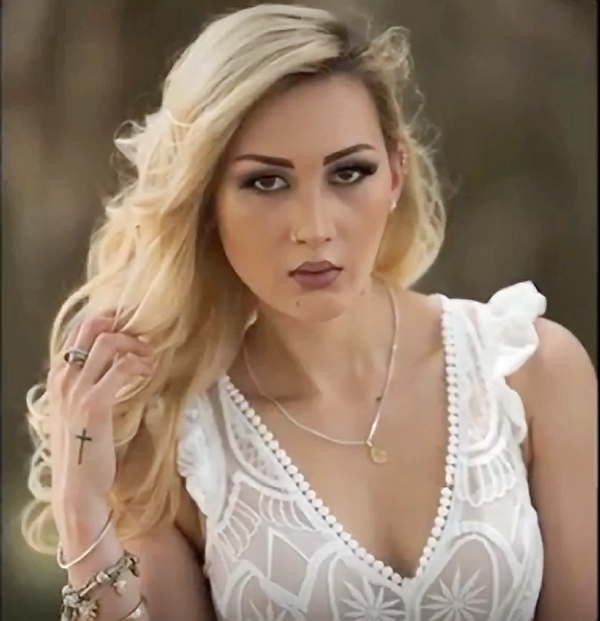What Is “Bokeh” and How Do Depth of Field, Focal Length, and Aperture Interact? (VIDEO)

The term “bokeh” is a common buzzword among photographers these days, used to describe the subjective quality of defocused areas in an scene—either behind or in front of the main subject. A popular misconception is that it’s all as simple as “a faster aperture or a longer lens gives you better bokeh.” But as you’ll see in the video below, there’s a bit more to pleasing bokeh than that.

Photographer Matt Granger explores this concept using several lenses of varying focal lengths, and demonstrates how depth-of-field (DOF), focal length, aperture, and other considerations all interact to affect the quality of blurred areas in an image. He also explains how ultra-wide lenses can create an equally shallow depth of field as telephoto lenses.

Unlike bokeh, which is an esthetic consideration, DOF is a precise measurement of how much of an image is in sharp focus. The appearance of areas outside this zone of focus is influenced by a number of variables, as Granger explains in the video. He also demonstrates a handy online DOF calculator that’s worth checking out.

As you’ll learn in this tutorial, bokeh is affected by the focal length of a lens, the aperture being used, lighting conditions, camera-to-subject distance, and the size of a camera’s sensor. The quality and construction of a lens is important too. Once you understand how these variables interact, you’ll be able to control the “creaminess” of every photo you shoot.
There are more helpful tips on Granger’s YouTube channel, as well as in another tutorial of his we posted that discusses the best focal length to use for shooting portraits. You may also want to check out our recent piece with a revealing bokeh shootout between full-frame and crop-sensor DSLRs.
- Log in or register to post comments







































